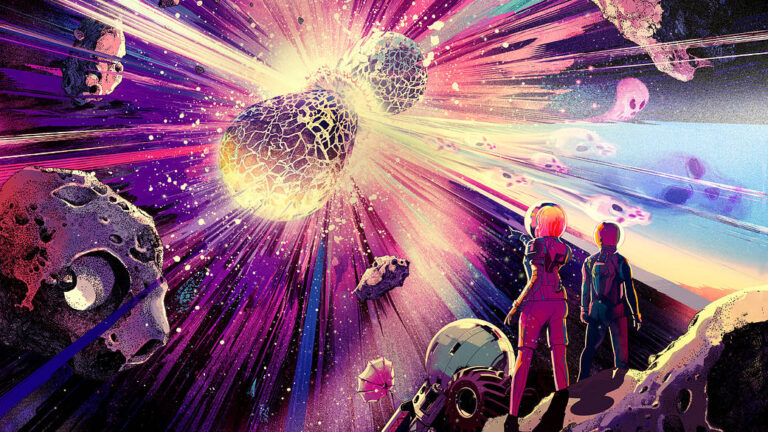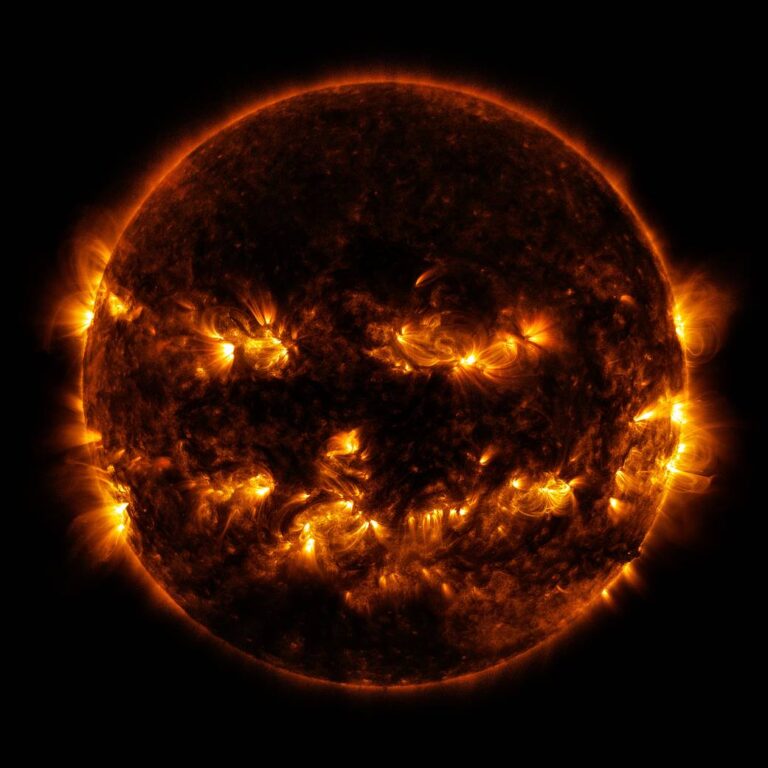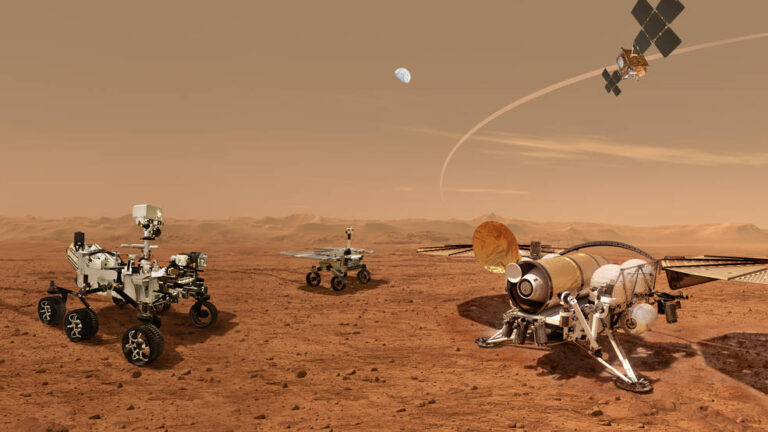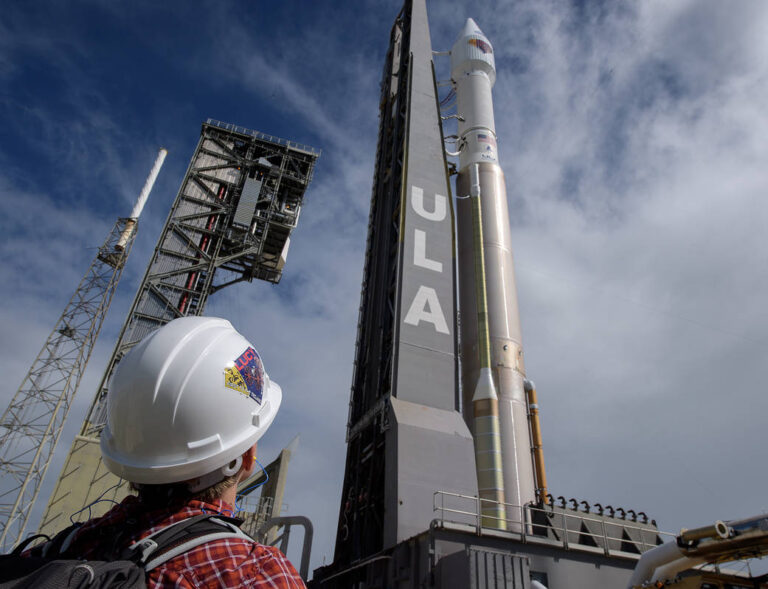伽马射线食尸鬼!
In the depths of the universe, the cores of two collapsed stars violently merge to release a burst of the deadliest and most powerful form of light, known as gamma rays. These beams of doom are unleashed upon their unfortunate surroundings, shining a million trillion times brighter than the Sun for up to 30 terrifying seconds. No spaceship will shield you from the blinding destruction of the gamma ray ghouls! 在宇宙深处,两颗坍塌恒星的核心剧烈融合,释放出一束最致命、最强大的光,即伽马射线。这些厄运之光被释放到他们不幸的环境中,比太阳还要亮一百万万亿倍,持续时间长达30秒,令人恐惧。没有宇宙飞船能保护你免受伽马射线食尸鬼的毁灭! Take a tour of some of the most terrifying and mind-blowing destinations in our galaxy … and beyond. After a visit to these nightmare worlds, you may never want to leave Earth again! You can also download our free posters – based on real NASA science – if you dare. Read More! 参观我们银河系中一些最可怕和最令人震惊的目的地……以及更远的地方。在参观了这些噩梦般的世界之后,你可能再也不想离开地球了。如果您有胆量,您还可以下载我们基于真实NASA科学的免费海报。阅读更多! Image…










